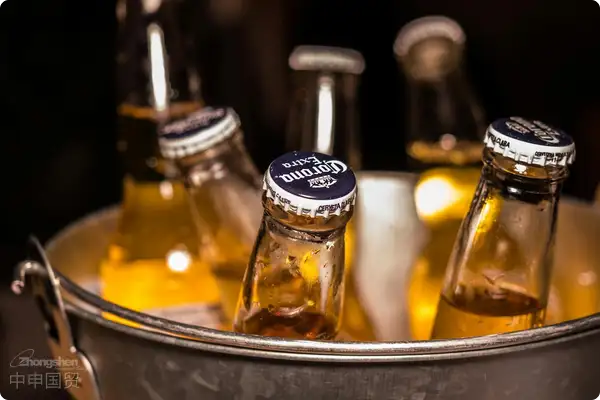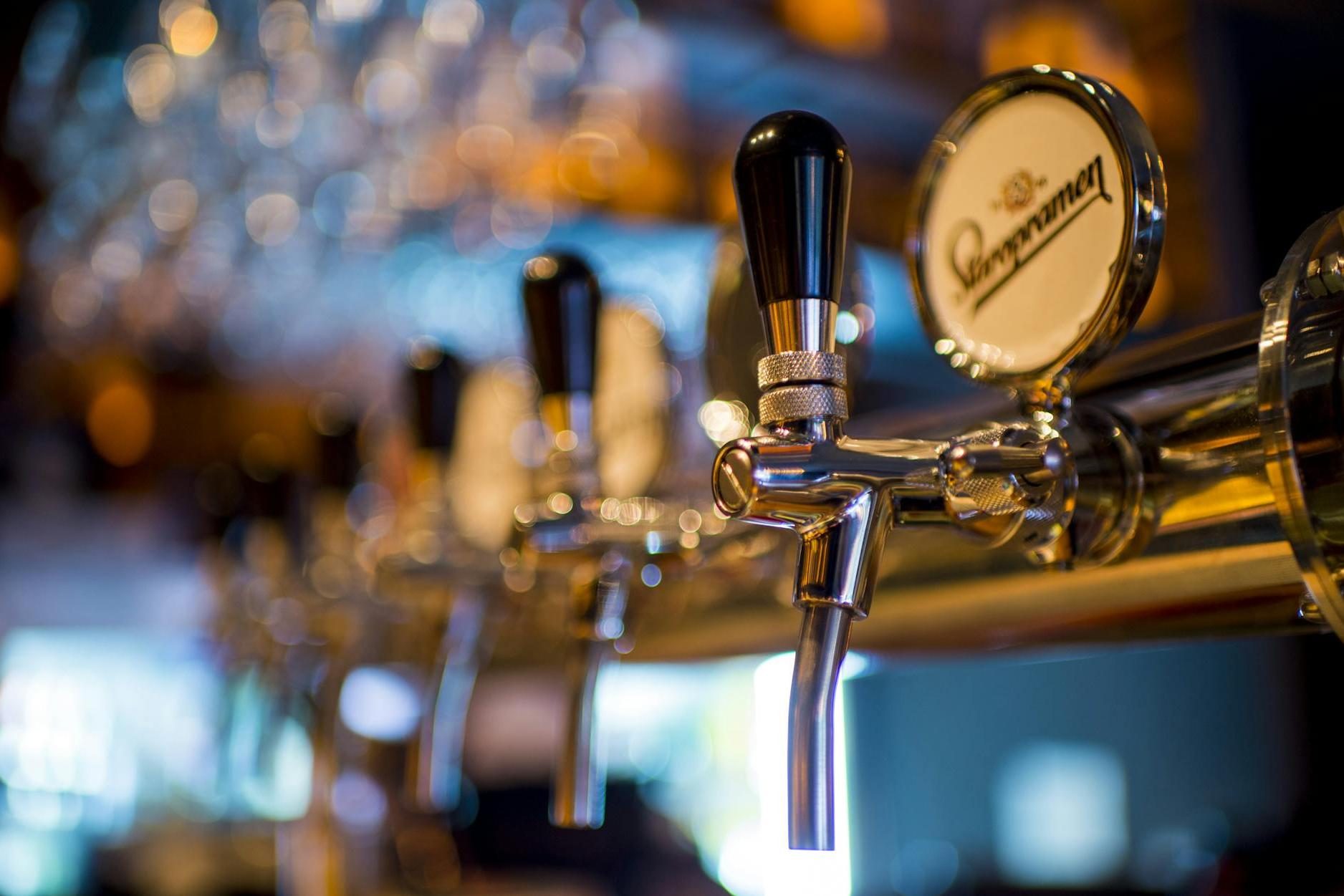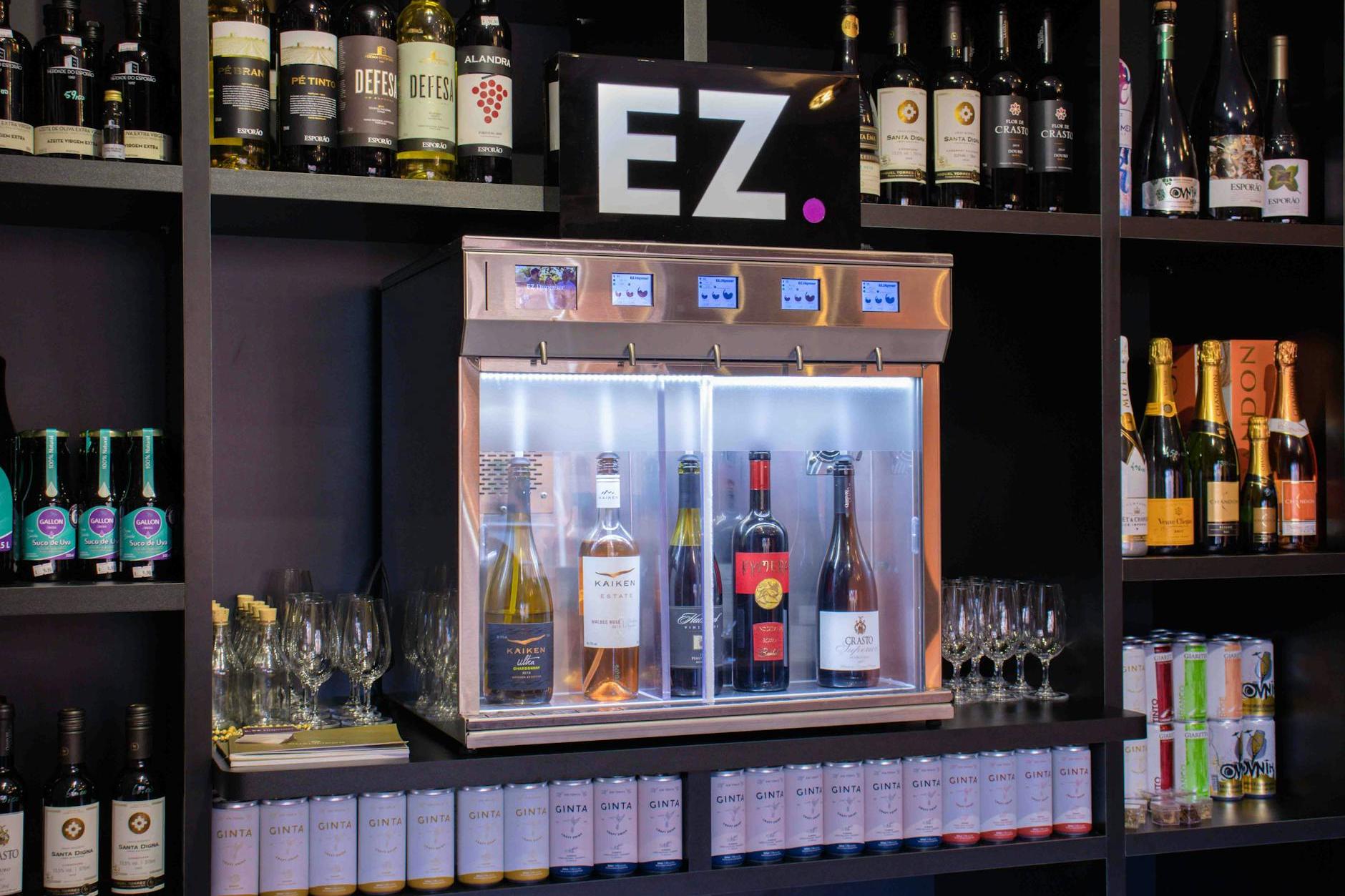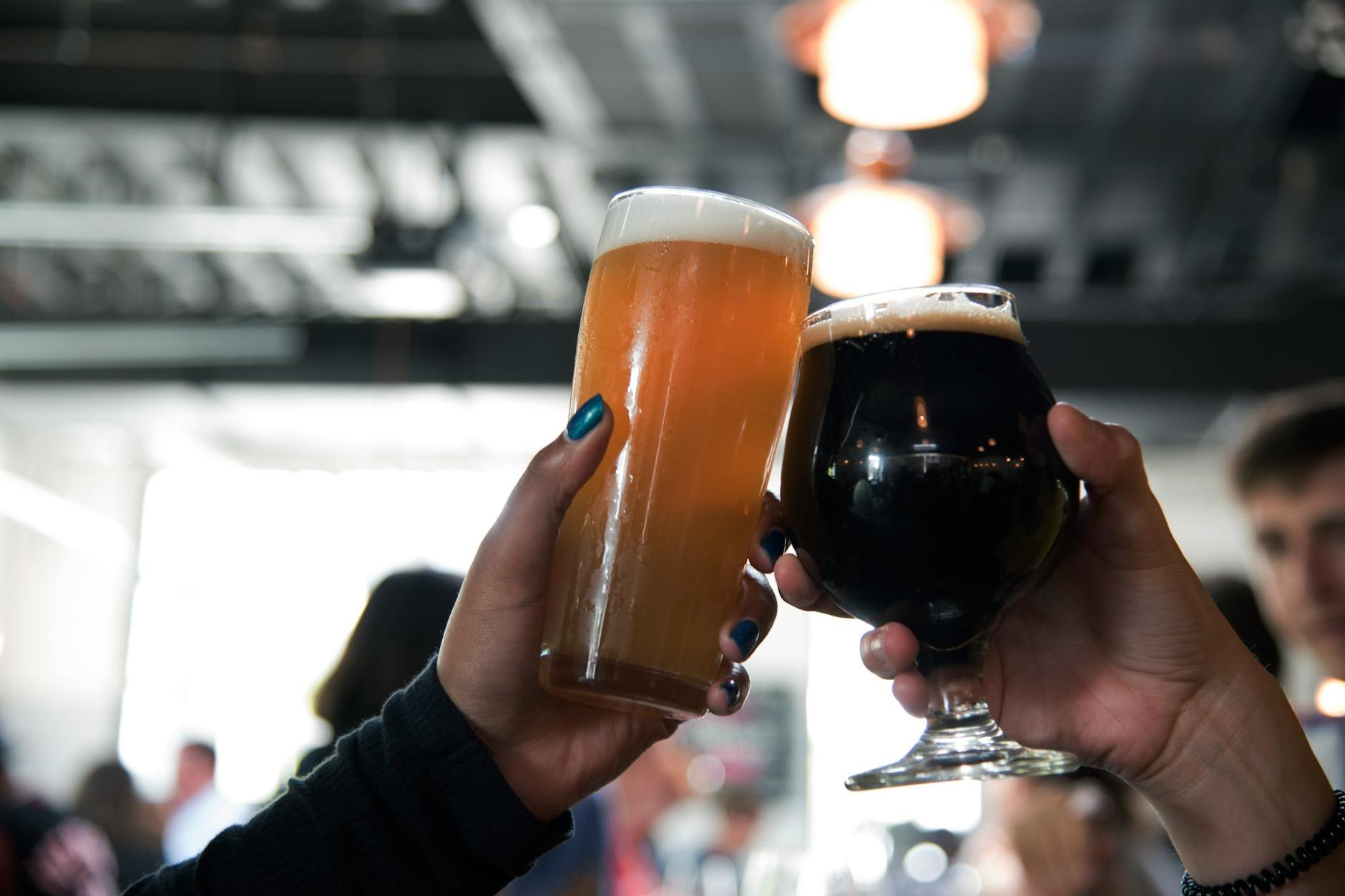- Shanghai Zhongshen International Trade Co., Ltd. - Two decades of trade agency expertise.
- Service Hotline: 139 1787 2118

When Kirin Meets Snowflake: The Marvelous Collision of Sino-Japanese Beer Trade
In a late-night izakaya in Tokyo, amber beer foam glistens under the lights. Meanwhile, in a craft beer bar in a second-tier Chinese city, young people raise their glasses to savor a limited-edition ale from Hokkaido. Between these two scenes lies precisely our...foreign tradeThe invisible bridge built by practitioners. As a "seasoned sailor" with 15 years of experience specializing in Japanese fast-moving consumer goods imports, today I will unveil the secrets of Japanese beer for you.Import Representationimport.
Market Temperature Test: The Current State of Japanese Beer Entering China in 2025
According to the latest data from Japan's National Tax Agency, beer exports to China in 2024 increased by 18% year-on-year, with three notable phenomena standing out:
- The Craft Beer Revolution:The proportion of products from small-scale breweries increased from 5% to 12%.
- Health Trend:The low-purine and zero-sugar series achieved a growth rate three times the industry average.
- Channel differentiation:The proportion of direct e-commerce sales is 41%, while traditional agency channels have shrunk to 39%.
Three-dimensional coordinate system for proxy mode selection
| Exclusive agency | Regional distribution | Brand agency operation | |
|---|---|---|---|
| Suitable scale | Annual procurement exceeding 5 million. | 1-3 million | Below 500,000. |
| Core advantages | Price Protection | Channel sharing | Zero inventory pressure |
| Potential Risks | Unsold inventory stockpile | Regional cross-selling | Brand Out of Control |
Guide to Avoiding Pitfalls in Customs Clearance: The Traps We've Stepped Into Over the Years
- Certification Puzzle:Japanese JAS certification ≠ Chinese food distribution license.
- Transportation trap:A batch of IPA exploded due to secondary fermentation caused by temperature fluctuations.
- Tariff Reefs:HS code misclassification sparks dispute over 20% tariff rate difference
The Actuary's Secret Formula for Cost Calculation
Taking a craft beer brand from the Kansai region as an example, the cost structure upon arrival includes:
- FOB price: ¥18/bottle
- Maritime TransportationRefrigeration: ¥2.3/bottle (including insurance)
- Customs Duty and VAT: ¥5.8/bottle
- Chinese label: ¥0.5/bottle (minimum order of 2000 bottles)
- Hidden costs: Approximately 3% loss from batch sampling inspections.
Midnight Diner Revelations: Decoding Success Stories
In 2024, we assisted a new retail brand in achieving:
- Adopt the "seasonal rolling procurement" model to reduce inventory risks.
- Saving 17% in logistics costs through bonded zone pre-processing
- Leveraging the RCEP agreement to reduce customs clearance time to 72 hours.
When you raise your glass to sip that beer with the delicate fragrance of cherry blossoms, you might not realize that the bottle embodies the wisdom of twenty intricate trade processes. Choosing an agency partner is, in essence, seeking a commercial interpreter who can truly appreciate this craftsmanship. After all, excellent trade services are like the bubbles in beer—invisible yet undeniably present, subtle yet defining the quality.
Related Recommendations
Contact Form
Category case
Get in Touch
Email: service@sh-zhongshen.com
Related Recommendations
Contact via WeChat

? 2025. All Rights Reserved. Shanghai ICP No. 2023007705-2  PSB Record: Shanghai No.31011502009912
PSB Record: Shanghai No.31011502009912









